The high elbow catch is one of the most crucial yet often misunderstood techniques in freestyle swimming. It separates efficient swimmers from those who struggle with drag and wasted energy. Mastering this movement can significantly improve propulsion while reducing shoulder strain, making it a focal point for competitive swimmers and coaches alike.
At its core, the high elbow catch refers to the early vertical forearm position a swimmer achieves during the initial underwater phase of the stroke. Unlike a dropped elbow, which creates excessive drag, the high elbow allows the swimmer to engage larger muscle groups while maintaining an optimal hydrodynamic position. This subtle adjustment transforms the arm into a powerful paddle, maximizing forward momentum with each pull.
Biomechanics play a pivotal role in understanding why this technique proves so effective. When the forearm remains vertical during the catch phase, it presents a greater surface area to push against the water. The latissimus dorsi and pectoral muscles engage more efficiently compared to strokes where the elbow collapses. Research indicates swimmers utilizing proper high elbow technique can generate up to 30% more propulsion during the initial phase of the pull.
Developing this skill requires focused drills and heightened body awareness. Many swimmers naturally default to dropping their elbows, especially when fatigued. Coaches often use tools like paddles or resistance bands to reinforce the proper neuromuscular patterns. The "finger drag drill", where swimmers lightly drag their fingertips across the surface during recovery, helps ingrain the high elbow position by emphasizing shoulder rotation and arm positioning.
Shoulder health represents another compelling reason to perfect this technique. Swimmers who consistently drop their elbows during the catch phase place undue stress on their rotator cuffs. Over time, this can lead to chronic injuries that sideline even the most talented athletes. The high elbow position distributes forces more evenly across the shoulder girdle, reducing wear on vulnerable joint structures.
Interestingly, the high elbow catch doesn't function in isolation—it's deeply connected to body rotation and timing. Elite swimmers synchronize their elbow position with hip rotation, creating a kinetic chain that transfers power from the core to the extremities. This coordination explains why some swimmers appear to move effortlessly through the water while others fight against it despite apparent strength.
Equipment choices can either support or hinder high elbow technique. Fins, for example, help maintain proper body position during drill work, allowing swimmers to focus on arm mechanics without sacrificing kick rhythm. Conversely, oversized paddles may encourage poor form if used prematurely, as they amplify any flaws in the catch phase.
The evolution of this technique mirrors swimming's broader technical progression. Early 20th century swimmers used more of a straight-arm pull, while modern biomechanical research has refined our understanding of optimal angles. Contemporary elite swimmers demonstrate remarkable consistency in their high elbow positioning, regardless of individual stroke quirks.
For those looking to improve their freestyle, video analysis proves invaluable. Underwater cameras capture subtle variations in elbow height that might escape real-time observation. Many swimmers discover they initiate the high elbow position correctly but lose it during the transition to the power phase—a correctable flaw with targeted training.
Dryland training complements pool work for developing the necessary strength. Exercises like cable pulls with emphasis on elbow positioning help build the specific muscle memory required. Resistance training should mimic the water's viscosity, emphasizing controlled movement through the entire range of motion rather than raw power alone.
Seasoned coaches often describe the sensation of a proper high elbow catch as "finding your anchor" in the water. This tactile feedback—the moment when the forearm establishes firm connection with the water—becomes the swimmer's reference point for timing subsequent phases of the stroke. Developing sensitivity to this connection separates mechanical execution from truly integrated swimming.
Age-group swimmers face particular challenges with this technique as they grow. Limb length changes during growth spurts temporarily disrupt established stroke mechanics, requiring constant technical reinforcement. Coaches working with developing athletes must balance immediate performance with long-term technical development—sometimes accepting slower times temporarily to build proper movement patterns.
The high elbow catch's influence extends beyond pure speed. Open water swimmers benefit tremendously from its efficiency advantages, conserving energy over long distances. Triathletes in particular find that mastering this technique preserves their legs for the subsequent cycling and running portions of their events.
Technological advancements continue to refine our understanding of optimal execution. Wearable sensors now provide real-time feedback on elbow angle during training, while pressure-sensitive pools map how different variations affect propulsion. This data confirms what elite coaches have long observed—the smallest adjustments in early stroke phase create disproportionate improvements in overall performance.
Ultimately, the high elbow catch represents more than just a technical element—it embodies swimming's essential paradox. The water rewards those who learn to work with its properties rather than against them. By mastering this deceptively simple adjustment, swimmers transform their relationship with the medium, moving through it with greater power and grace.

By Elizabeth Taylor/May 9, 2025
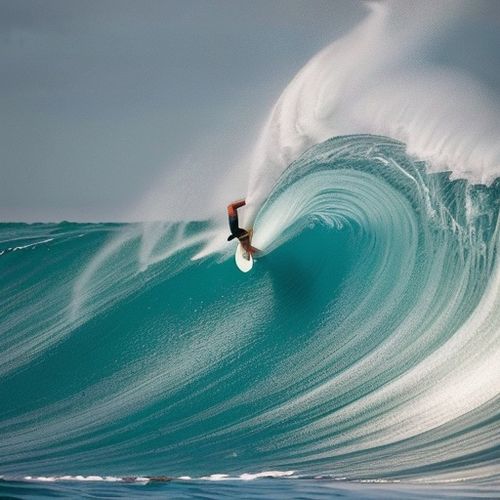
By David Anderson/May 9, 2025

By Amanda Phillips/May 9, 2025

By Victoria Gonzalez/May 9, 2025
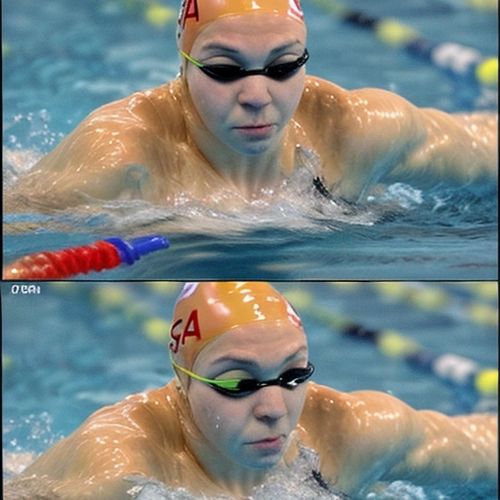
By Rebecca Stewart/May 9, 2025

By Michael Brown/May 9, 2025

By William Miller/May 9, 2025
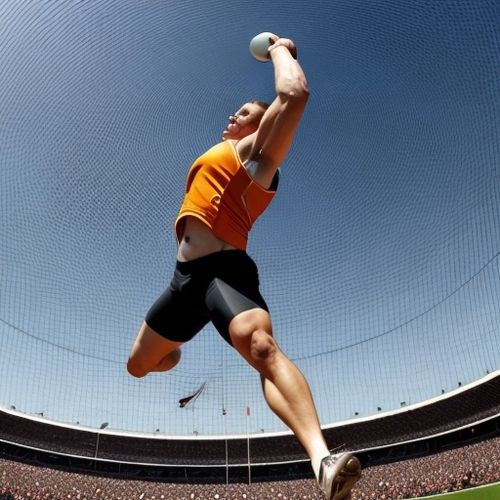
By James Moore/May 9, 2025

By Christopher Harris/May 9, 2025

By George Bailey/May 9, 2025

By John Smith/May 9, 2025

By John Smith/May 9, 2025
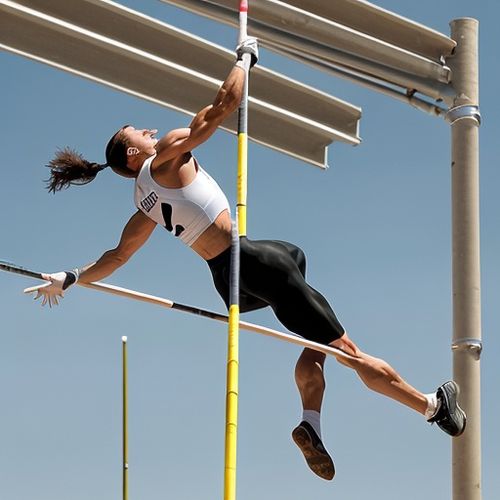
By Samuel Cooper/May 9, 2025
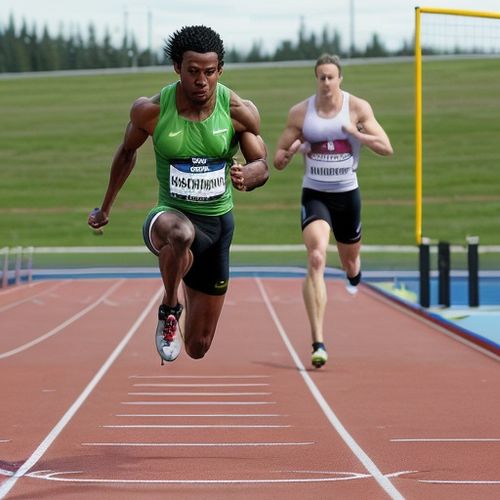
By Christopher Harris/May 9, 2025
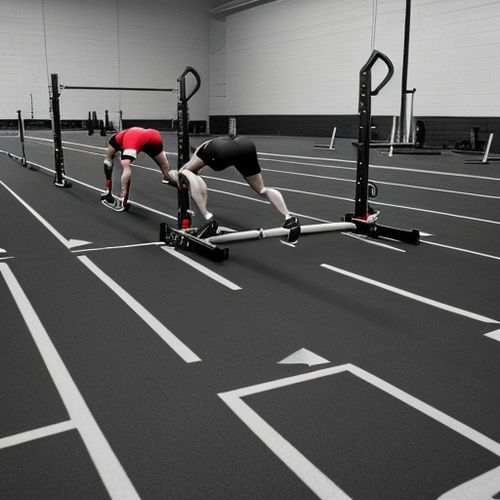
By Megan Clark/May 9, 2025
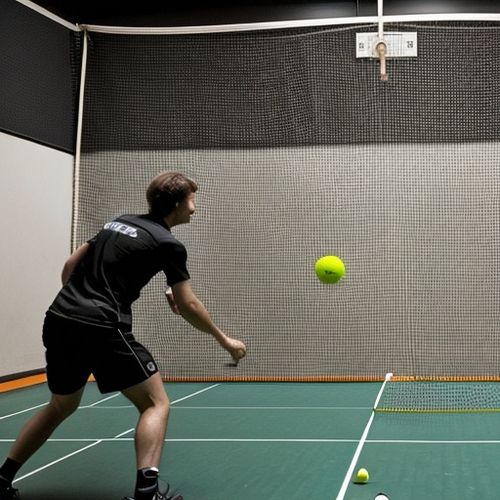
By Victoria Gonzalez/May 9, 2025
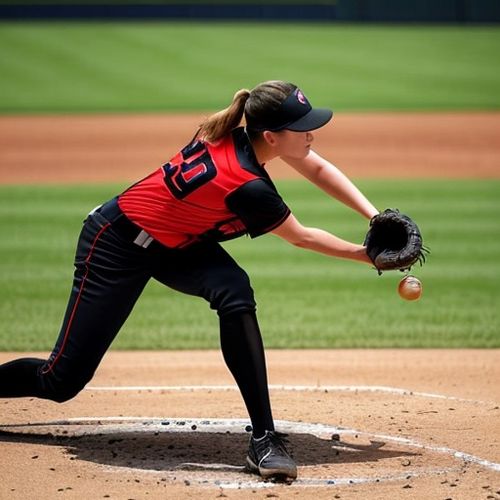
By William Miller/May 9, 2025
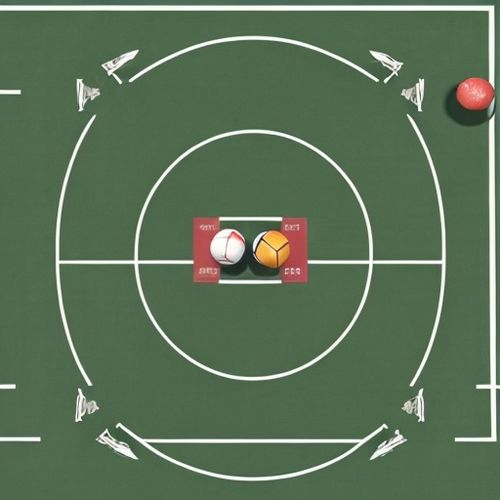
By Natalie Campbell/May 9, 2025
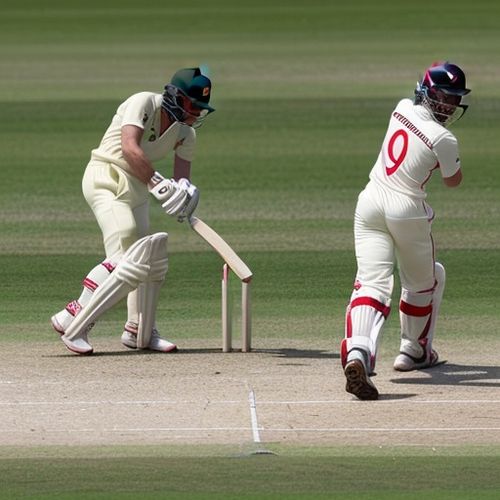
By Megan Clark/May 9, 2025
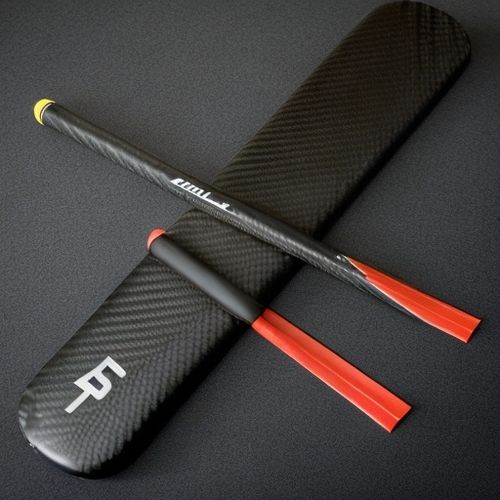
By Michael Brown/May 9, 2025